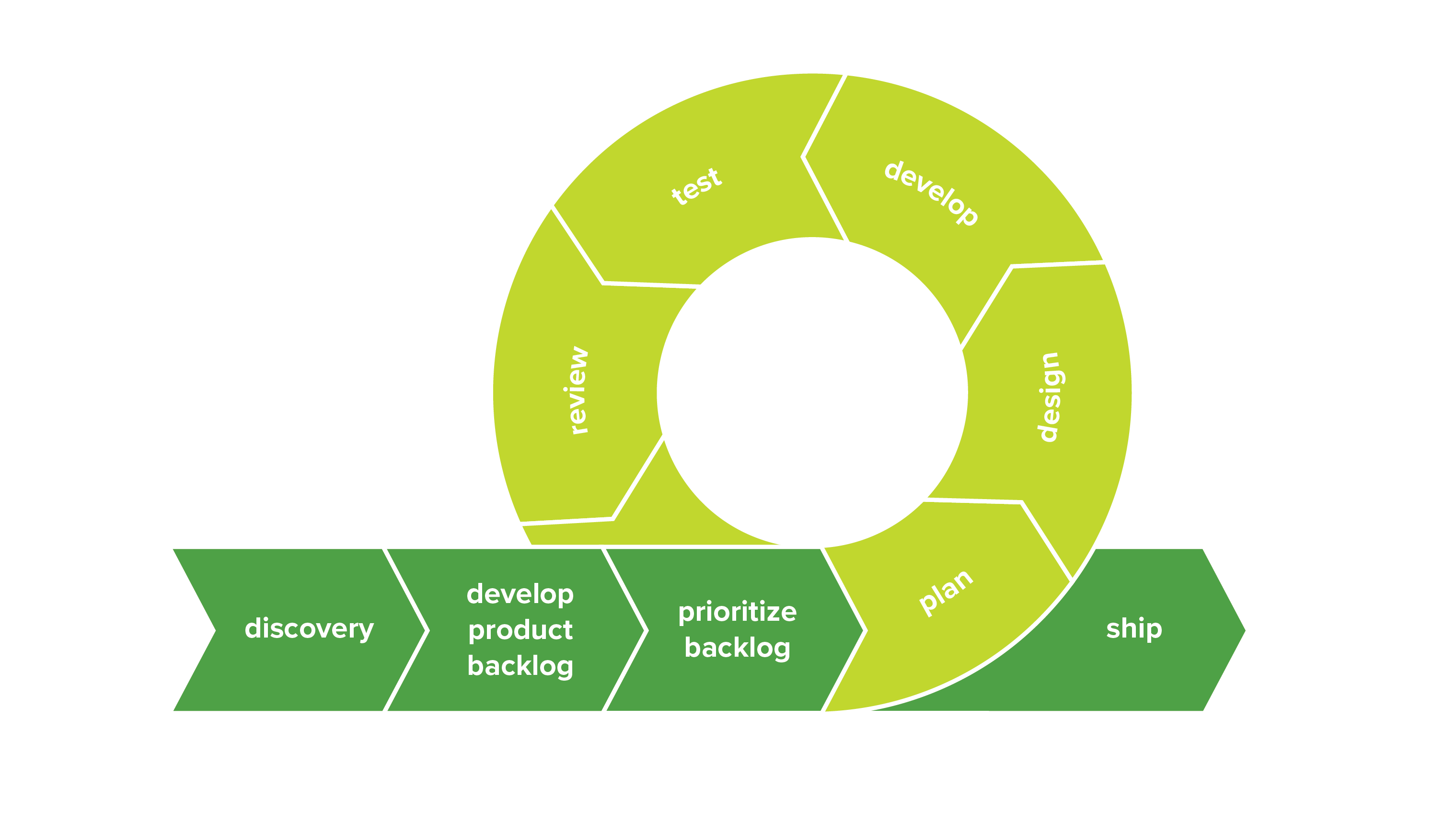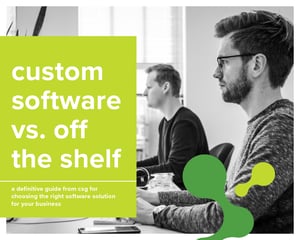What Does the Custom Software Build Process Entail?
You’ve found your perfect development partner, and you’re ready to dive headlong into the custom software build. But what should you expect from this process?
Like buying an engagement ring or signing off on a mortgage, it’s relatively likely that this is the first time you’ve had to deal in this area. A custom software build for your business isn’t an everyday occurrence; it’s understandable then that you may feel a bit of apprehension when it comes time to act.
A good custom software partner will allay any angst and unease and will map out the build process clearly and concisely. They will use a process that identifies your company's greatest areas of need for custom software and that allows you to understand the value of your solution and investment every step of the way.
The Agile Method
The agile method is a strategy, born out of the desire of businesses to be more involved in the development process and have more ability to adapt software to changing circumstances.
The agile method offers businesses something tangible very early in the process and allows you to adapt your solution to changing circumstances. Required changes are quickly identified and acted upon, resulting in an end product that will always be fit for purpose.

The agile methodology is as follows...
-
Discovery
Rather than bringing a clearly-defined set of requirements to the table, the agile method begins with your business saying “I’ve got these starting inputs, and I want to get this result as an output”. The custom software provider works with you to discover, define, and prioritize the objectives of the solution with an emphasis on identifying your business's greatest needs and hindrances. The objectives defined in this step lead to a series of iterations, allowing the solution to scale across the organization. -
Develop Product Backlog
Using the starting inputs and desired outputs, a set of features is developed by the custom software provider that will represent the high-level scope of the software. -
Prioritize Backlog
These features are grouped into a series of iterations, which are then developed in order of priority according to the business's greatest need and to which pieces of the solution are able to function first. -
Iterations
Your custom software partner plans, designs, and develops each iteration, then sends it to you for testing and feedback. Each of these iterations ends with a usable product which is given to you for testing, and feedback from users informs and guides the next iteration of the feature. -
Ship
This process is continued until the business is happy with every feature of the solution.
Budgeting for custom software development
Software is traditionally difficult to budget for. Even in the historical 'waterfall' process, the likelihood of perfection is small, and change orders almost always follow. At CSG, we use the agile approach because it offers the greatest flexibility and ability to cut away any unnecessary development expense through testing and prioritizing features.
With agile, you and the development team are equally responsible for ensuring what gets worked on first is going to add the most value to your organization. Through pressure testing, you will clearly understand what you 'want' vs what you 'need' and can focus time and resources accordingly.
For more on how to get the most out of your investment in custom software development, read our blogpost here on how to maximize your custom software development budget, timeline, and results.
Custom Software or Off-The-Shelf?
Still considering whether to go with custom software or an off-the-shelf solution? In this eBook, you’ll learn more about the pros and cons of custom versus off-the-shelf solutions as well as how to evaluate what your business truly needs from your next software solution.
Maximize your custom software investment.
Read our guide comparing the agile vs. waterfall approaches to software development.



